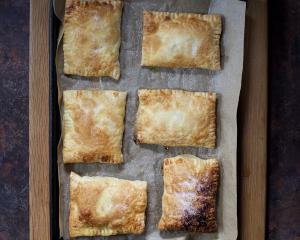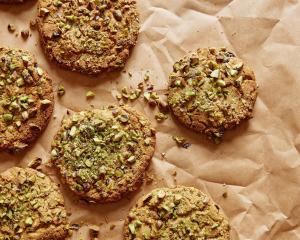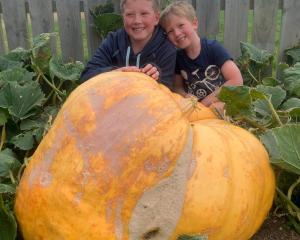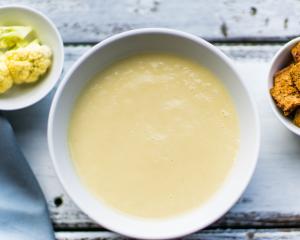We've had artisan bread, artisan cheese and other artisan products for some years, but only recently have we started seeing artisan chocolate bars.
In Central Otago, Alison Holland and Matt Dicey make White Rabbit Cacao chocolate bars with cocoa beans from specific producers in four different countries, and for the past year Liz Rowe, of Ocho Chocolate, has been making chocolate with beans from Papua New Guinea in South Dunedin and selling it at the Otago Farmers Market.
''Bean to bar'' is how the artisanal chocolate makers describe their craft. Unlike chocolatiers, who make filled chocolates, truffles and other chocolate-coated sweets, artisanal chocolate makers make the actual chocolate by roasting their own beans, grinding and conching the chocolate, tempering it and making bars.
Many source Fair Trade beans from specific farms or co-operatives so the ingredients are fully traceable, and chocolate tasters enjoy discovering the individual flavours from different regions.
The movement started in the US with people making chocolate at home, and soon a range of small machines appeared because most of the processes are labour intensive and need to be done at precise temperatures, for specific times and at a certain humidity.
Liz Rowe's interest was sparked when she went to Mexico, the home of cocoa beans, but couldn't find good chocolate anywhere.
Although cacao beans and nibs were readily available, the chocolate was rough and only 50% cocoa mass, she said.
She did an online chocolate-making course, bought a small machine and started experimenting.
Coming from an art background, she had to learn to be scientific, measuring things precisely and keeping a record of everything she does, but she found it interesting and decided to turn it into a business.
Sourcing cocoa beans from the Pacific region took some time, but now she gets them from a small farmers' co-operative in Madang, Papua New Guinea.
They are poor and gave her a wonderful reception when she visited.
There's even a baby in the community named after her now, she said.
The Cocoa Board ensures the beans are fermented and dried properly, then they are shipped via Auckland.
She sorts the beans into large and small, discarding any broken ones, roasts them then cracks the resulting nibs and winnows them to remove the husks.
They are then ground and refined to a liquid with sugar.
This breaks down the particle size and wraps the cocoa butter around the particles, she says.
Her original small machine took 16 hours but her newer bigger machines take about 72 hours to develop the flavours and right mouth feel.
It took some experimenting to get right, which meant some of her earlier batches did not have the desired smooth texture, she said.
However, she doesn't use emulsifiers that most chocolate makers use to produce a silky texture.
When the chocolate has been ground and refined, she cools it and stores it until she is ready to temper it.
Tempering melts and stirs the chocolate and encourages the right sort of fat crystals to form which result in a glossy sheen and distinctive snap when you break the chocolate.
Then she ladles the liquid chocolate into moulds which need to be between 23degC and 28degC or the colour of the chocolate will be affected.
The moulds are shaken and banged to settle the chocolate and it is cooled, unmoulded and packed.
Although she prided herself that her chocolate bars contained only varying proportions of cocoa beans and sugar (between 66% and 68%), she has recently produced a bar flavoured with horopito and kawakawa berries, both of which were used in Maori traditional medicine and are still used by herbalists, and is experimenting with a bar sweetened with stevia.
Taste it
Find Ocho Chocolate at the Otago Farmers Market or at ocho.co.nz











